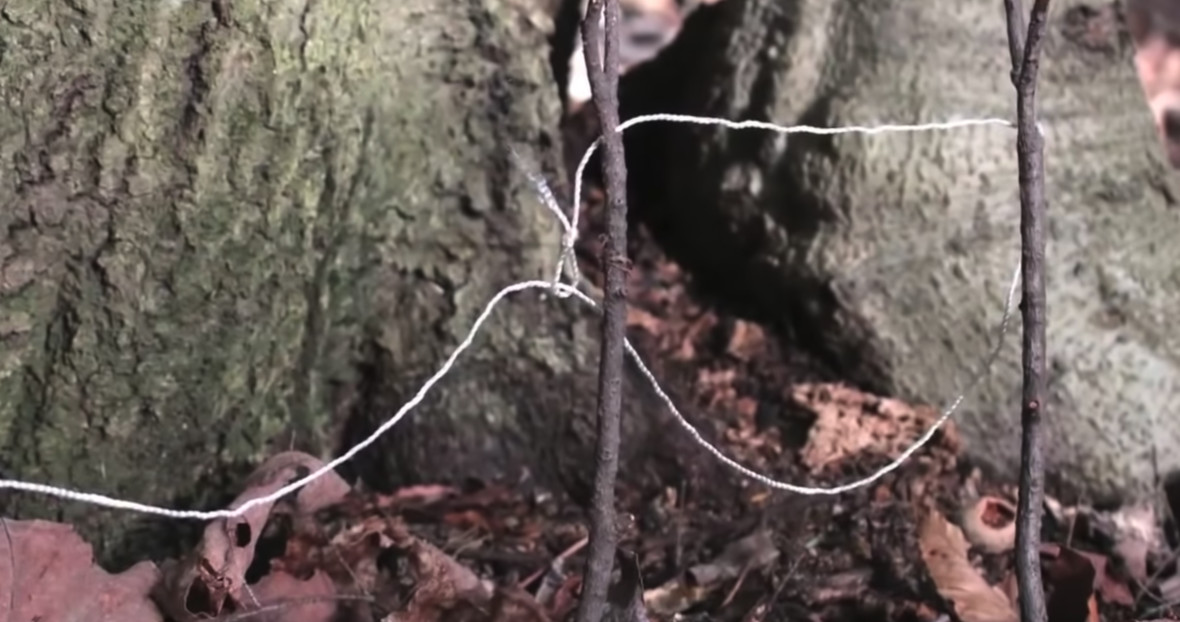- info@Patersonanimalattic.com
Call 24/7 for a free quote:
973-607-2112
Complete Guide on Snare Traps
Snare traps are used in capturing nuisance animals. Back in the old days, snare traps are being used to hunt Paterson animals to survive. As the years passed by, the traditional trap has gone through a series of modification. Snare traps are known to be portable and convenient to set-up. There are different types of snare traps that are available in the market. You can even create your own snare trap.

Setting-Up Your Snare Trap
If you plan to create your own snare traps, you will start by preparing the necessary materials. When building the noose, the recommended materials would be wires. However, you may use other materials, as long as they are flexible. It should also be sturdy while not being too thick or too thin. In case you don’t like to use wire, you may use cord or strings. Be sure that It will be strong to hold and restrain the animal.
Scouting
Snare traps can be used regardless of the time, terrain, weather, and situation. You only need to make sure that the Paterson animal will pass by on your trap. This means that you have to scout the area first. Setting up multiple snare traps without a proper goal will simply waste your effort and time. Start by looking for the signs of their presence. It can be a track, droppings, scratches, and shelters. If you can’t find those signs, placing the snare traps close to a water or food source is also a good idea.
Finding a Sapling
After successfully picking the right place to set-up the snare trap, you will have to look for the tree that you want to use as your medium. The New Jersey tree will play a key role in preparing your snare trap. You will need to look for a sapling that will be strong but flexible. Remember that it should be able to hold the animal up in the air. In case it would be difficult to find a sapling you can a tree limb and use a rock to keep it in place.
Building Your Trigger
When creating a hook, it should perfectly fit in the base’s mouth. Burry the base of the hook on the ground and make sure that it will be close to the chosen sapling. The cord will be tied into the flexible sapling. You will have to test it to guarantee that it will work. Keep in mind that the creature will struggle to break free so it should be sturdy. The other edge of your hook that is attached on the snare will have to be connected on the hook that is buried on the ground. Create a noose on the base of the hook.
Finally, you will have to arrange the noose and make certain that the snare will be in place. Create a noose that is wide that will prevent you from missing the target. Spread it all over the ground and cover it with twigs and pebbles. However, it should not interfere when capturing the animal.
Visit our Paterson wildlife removal home page to learn more about us.

